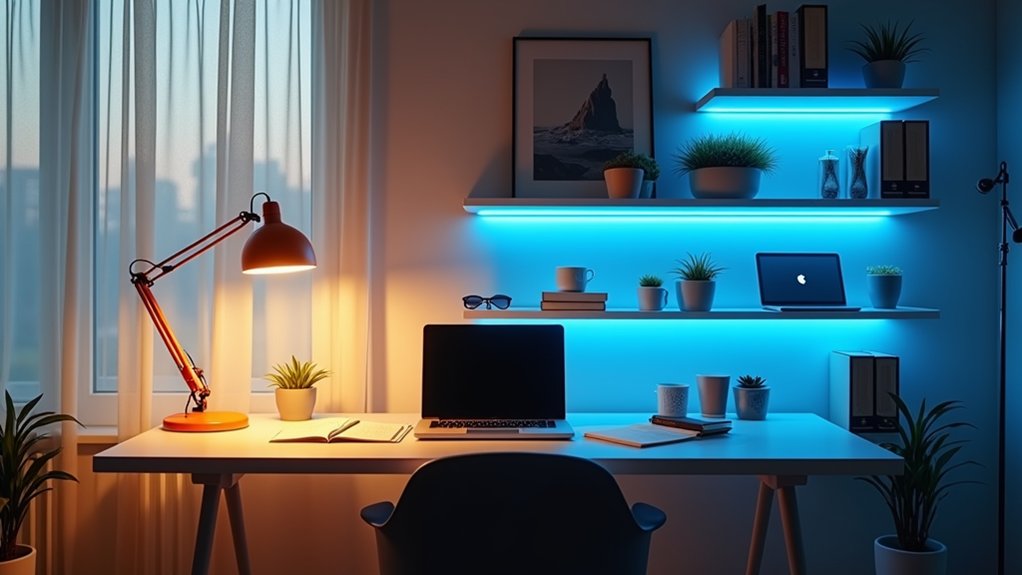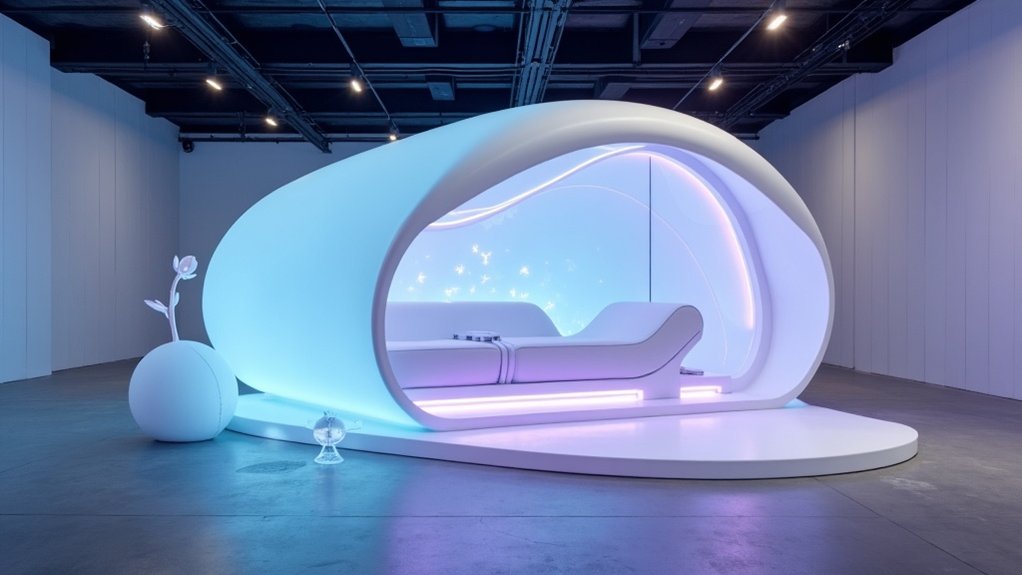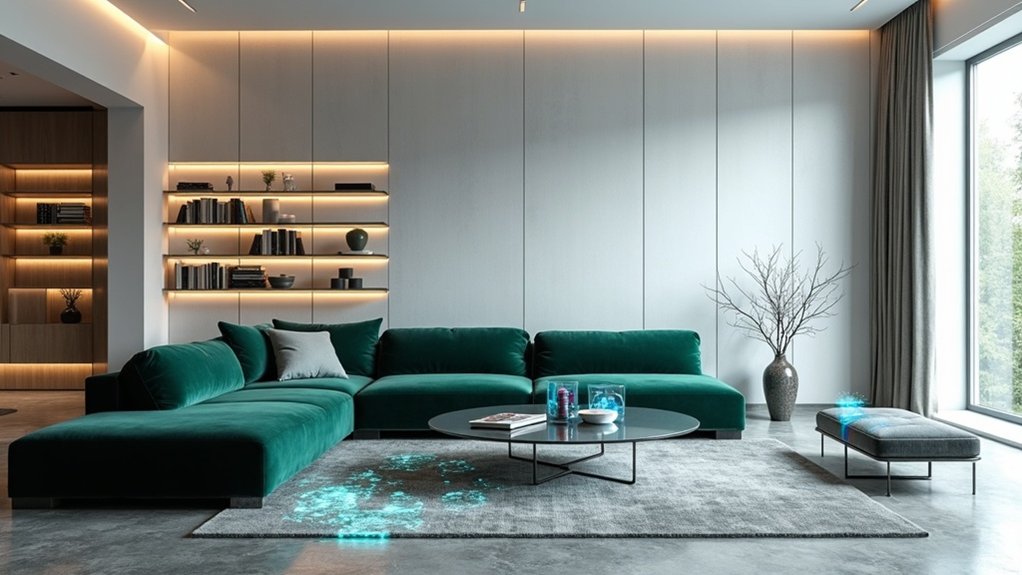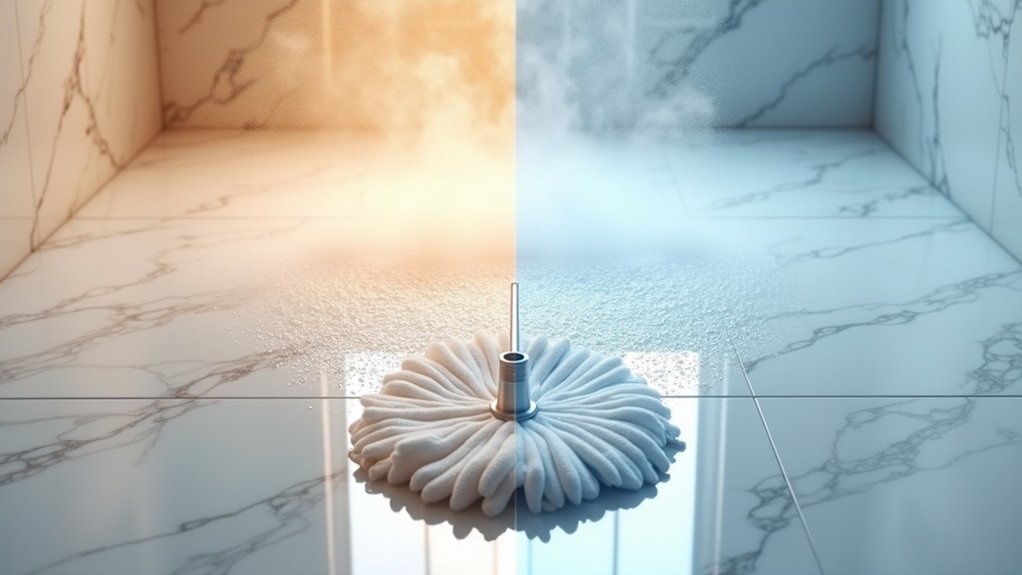While remote work has transformed the modern professional environment, many home office workers unknowingly compromise their productivity through inadequate lighting conditions. Research reveals that 49.7% of workers experience unexpected tiredness linked to poor office lighting quality, with additional studies showing 36.8% report sleepiness and 38% note concentration loss. These statistics underscore an essential yet often overlooked aspect of workspace design that directly impacts professional performance.
Nearly half of remote workers unknowingly sabotage their productivity through poor lighting conditions.
The human body responds profoundly to light exposure, particularly natural daylight, which regulates circadian rhythms and psychological well-being. Morning and evening natural light exposure decreases depression while improving mood, energy, alertness, and overall productivity. Workers in offices with ample natural light report reduced stress and improved task performance, while those lacking such exposure often experience psychological challenges that impair their work quality. This biological response explains why 68% of employees actively complain about their workspace lighting conditions. Studies show that positive emotional states increase productivity, reinforcing the critical connection between well-being and professional output. Additionally, incorporating biophilic design elements can further enhance the positive effects of natural light in workspace environments.
Blue-enriched lighting presents a compelling solution for home office environments, particularly in spaces where natural light remains limited. Studies demonstrate that 17,000K blue-enriched bulbs significantly increase work performance by supporting mental acuity, vitality, and alertness. The University of Greenwich found workers under blue-enriched lighting reported greater happiness, increased alertness, and reduced eye strain compared to traditional lighting. This effect occurs as blue light suppresses melatonin production, promoting alertness through mechanisms similar to caffeine consumption.
The correlation between lighting quality and worker satisfaction proves statistically significant, with research showing F (16, 58.67) = 2.073, P=0.012 for the interaction between lighting and occupant comfort. Poor lighting environments contribute to slower work rates, increased errors, and diminished task efficiency. Conversely, optimized lighting conditions improve sustained attention, reduce physical discomfort during prolonged tasks, and enhance overall safety outcomes. A compelling example from a U.S. post office renovation demonstrated mail sorters achieving top national rankings after lighting improvements, validating the direct link between illumination quality and measurable performance gains.
Addressing home office lighting requires strategic implementation of both natural and artificial light sources. Positioning workspaces near windows, incorporating blue-enriched bulbs for high-focus tasks, and ensuring adequate overall illumination can transform productivity levels.
As 56.2% of workers express dissatisfaction with current lighting conditions, investing in proper illumination represents an important step toward maximizing remote work effectiveness and maintaining professional excellence.





